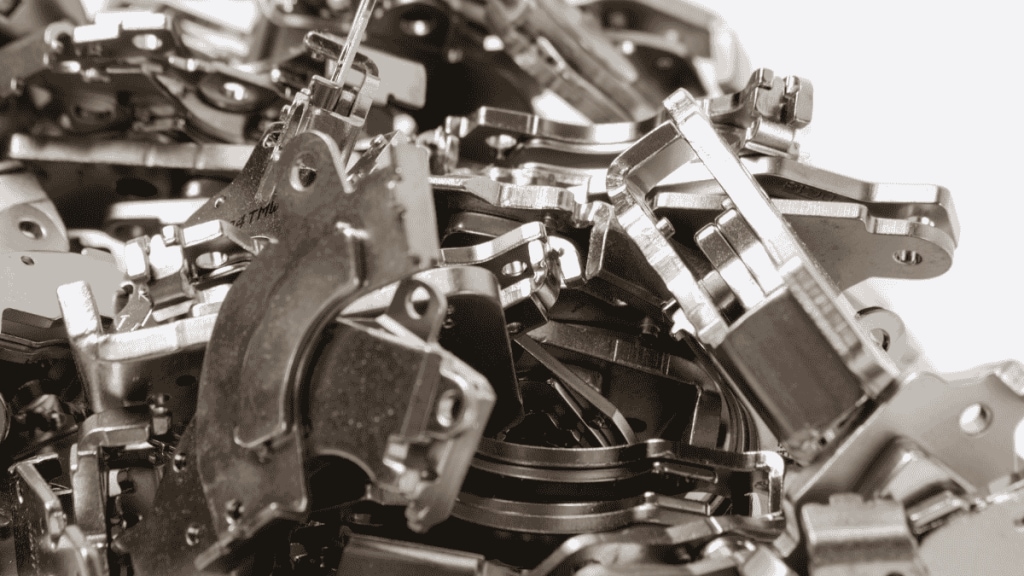We all know the classic movie line, “Don’t bring a knife to a gunfight.” Apparently, nobody passed that memo to U.S. President Donald Trump before he waltzed into a tariff war with China. After poking the Dragon one too many times and laying all his cards on the table, China decided to play its trump card, rare earth export restrictions. Now, the whole world, India included, is caught in a global game of “musical chairs,” except China’s holding the only chair, and everyone else is scrambling for a seat (or at least a backup plan) before the music stops.
China’s Rare Earth stranglehold tightens
According to a Crisil report, the clearance process, requiring at least 45 days, has significantly delayed approvals due to heightened scrutiny. This has led to a growing backlog, further slowing clearances and straining global supply chains. India, which imported over 80% of its 540-tonne magnet requirements from China last fiscal year, is now feeling the pinch. By late May 2025, around 30 import requests from Indian firms were approved by the Indian government, but none have received clearance from Chinese authorities, leaving shipments stalled.
The shortage of rare earth elements poses a serious threat to India’s automotive sector because these materials are essential for manufacturing permanent magnet synchronous motors (PMSMs). PMSMs are critical components in electric, including two-wheelers, and hybrid vehicles due to their high efficiency and compact design. Additionally, these magnets are used in electric power steering and other motorized systems in internal combustion engine (ICE) vehicles, making them indispensable across various vehicle types.
How will the EV sector in India react?
With the Government of India pushing for cleaner air, it was projected that FY2026 would register a growth of 35-40% for electric passenger vehicles. EV two-wheelers are expected to grow by around 27%, outpacing the overall two-wheeler market, which is forecast to rise by 8-10%. However, ongoing supply constraints could dampen this growth, particularly in the electric vehicle segment.
If the situation does not improve then many launches in the pipeline from leading manufacturers like Mahindra, Tata Motors, Ola Electric, Bajaj Auto, and TVS Motor will get delayed. Furthermore, the supply chain and production of vehicles will take a server hit, which in turn will affect India’s plan to increase EV four-wheelers by 30% and 80% two-wheelers and three-wheelers by 2030.
Anuj Sethi, Senior Director, Crisil Ratings said, “The supply squeeze comes just as the auto sector is preparing for aggressive EV rollouts. Over a dozen new electric models are planned for launch, most built on PMSM platforms. While most automakers currently have 4-6 weeks of inventory, prolonged delays could start affecting vehicle production, with EV models facing deferrals or rescheduling from July 2025. A broader impact on two-wheelers (2W) and ICE PVs may follow if the supply bottlenecks persist for an extended period.”
During the pandemic, supplies of rare earth magnets remained stable, unlike semiconductors, which encouraged manufacturers to continue relying on just-in-time inventory models without building strategic reserves. Unlike semiconductors, which benefit from a globally diversified supply chain, over 90% of rare earth magnet processing is concentrated in China, leaving few short-term alternatives and increasing vulnerability to supply disruption.
Poonam Upadhyay, Director, Crisil Ratings explains, “The shortage of rare earth magnets is forcing automakers to reassess supply-chain strategies. Despite contributing less than 5% of a vehicle’s cost, these magnets are indispensable for EV motors and electric steering systems. Automakers are actively engaging with alternative suppliers in countries such as Vietnam, Indonesia, Japan, Australia, and the US, while also optimising existing inventories. With applications across EVs and ICE vehicles, a prolonged supply squeeze could disrupt production of PVs and 2Ws, making this low-cost component a potential high-impact bottleneck for the sector. In a constrained supply scenario, magnets may also get diverted to ICE models, which require fewer units, potentially impacting EV growth.”
